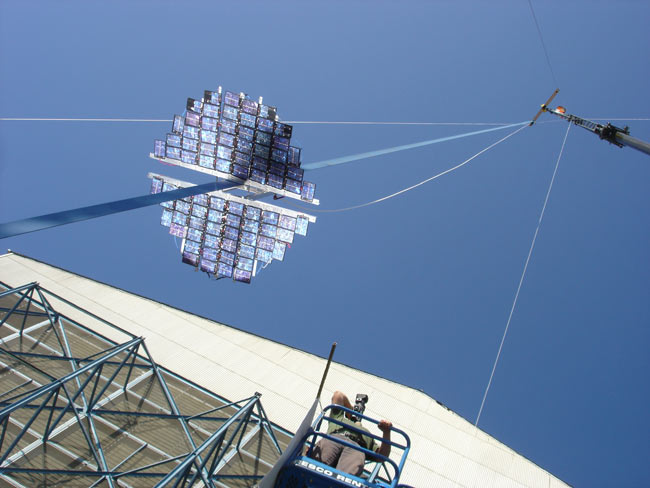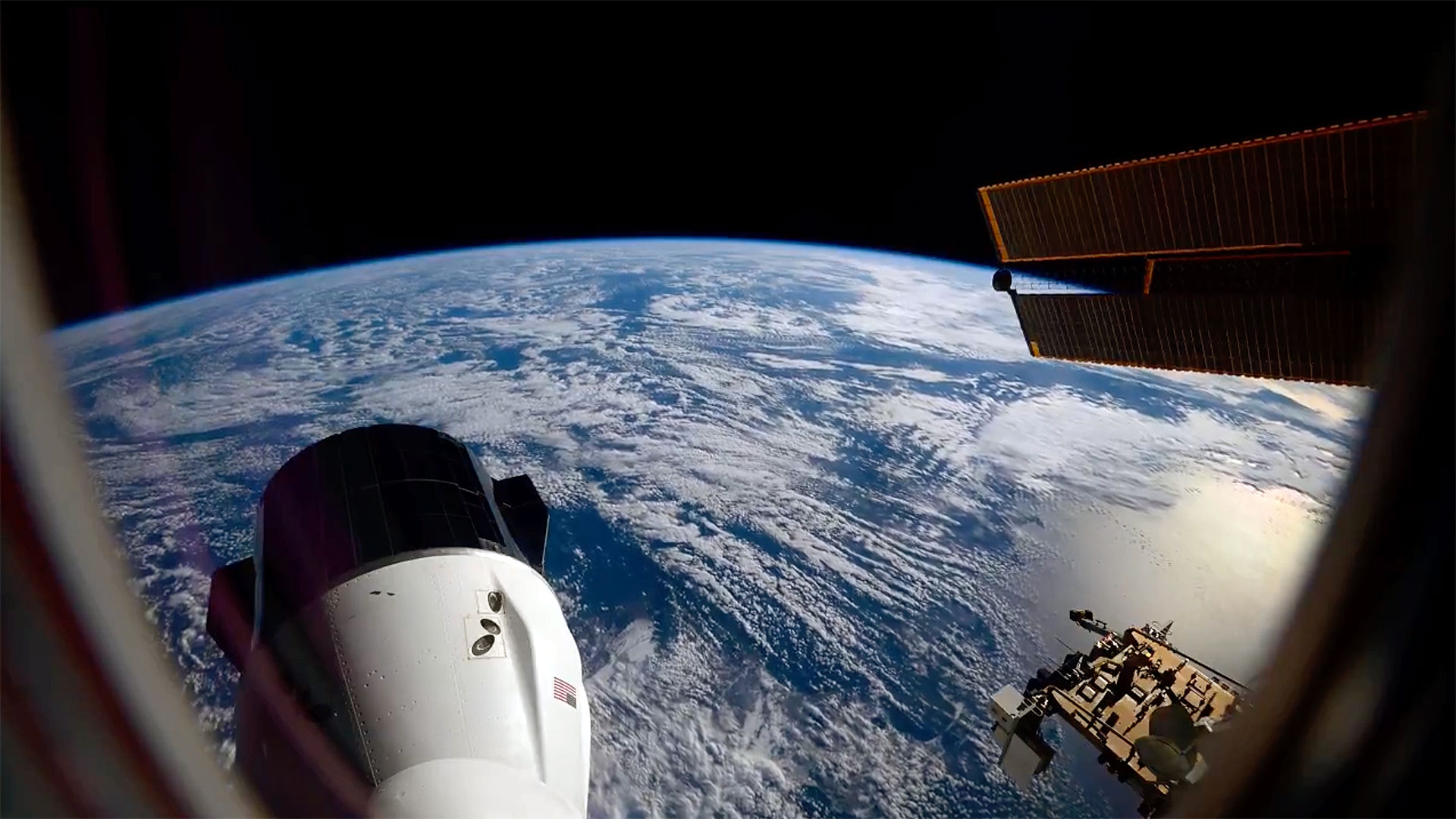NASA Sets Centennial Challenges to Boost Robotic Space Exploration

NASAannounced two new cash prizes Friday, each with a weighty $250,000 purse, in apair of contests aimed at developing robotic systems for space exploration.
The spaceagency is challenging innovators to build an autonomous aerial vehicle to navigatea tricky flight path or robots capable of building complex structures with onlylimited guidance from their human handlers, NASA officials said.
Thecontests - dubbed the Planetary Unmanned Aerial Vehicle and Telerobotic Constructionchallenges, respectively - are part of the agency's CentennialChallenges program to spur interest in commercializing space technologies.Both challenges will make their competitive debut in 2007, NASA officials said.
"The TeleroboticConstruction Challenge is directly linked to NASA's focus on lunar exploration,"said Brant Sponberg, NASA's Centennial Challenges program manager, in astatement.
Meanwhile,the aerial vehicle challenge may yield the same type of probes that could oneday soar through the atmospheres of Mars and the Saturnian moon Titan,NASA officials said.
Achallenging year
NASA has announceda series of new Centennial Challenges this year, including contests to developsystems for new astronaut gloves, suborbitalvehicles and devices to excavate and pull oxygenfrom Moon dirt.
Breaking space news, the latest updates on rocket launches, skywatching events and more!
The programalso held its first actual competitions in October during the 2005Beam Power and Tether Centennial Challenges, which drew 11 teams to competein two events for a pair of $50,000 first prizes. Both awards went unclaimed,but NASA has promised larger cash prizes for the 2006 meet.
"Based onour experiences with the Beam Power and Tether Centennial Challenges, weanticipate a broad variety of participants, ideas and real hardware for thiscompetition," Sponberg said of the aerial vehicle contest.
In order tonab top billing in the Planetary Unmanned Aerial Vehicle Challenge, entriesmust be fly using visual navigation systems only - Global Positioning Systems(GPS) aren't allowed - as well as extend and retract a probe to hit multipleground targets, they added.
TheCalifornia Space Education and Workforce Institute, of Santa Maria, California,is working with NASA in the competition.
NASA is alsopartnering with the Mountain View, California-based firm Spaceward Foundation -which organized the beam power and tether contest for the space agency - forits the Telerobotic Construction Challenge.
While contestrules will be finalized in 2006, event planners expect competitors to userobots to assemble structures from materials scattered across an arena. Theneed for cooperative robots and a time delay similar to that in Earth-Mooncommunications will complicate the task, NASA officials said.
The firstTelerobotic Construction challenge is slated for August 2007, with the aerialvehicle contest to follow in October of that year, NASA officials said.

Tariq is the award-winning Editor-in-Chief of Space.com and joined the team in 2001. He covers human spaceflight, as well as skywatching and entertainment. He became Space.com's Editor-in-Chief in 2019. Before joining Space.com, Tariq was a staff reporter for The Los Angeles Times covering education and city beats in La Habra, Fullerton and Huntington Beach. He's a recipient of the 2022 Harry Kolcum Award for excellence in space reporting and the 2025 Space Pioneer Award from the National Space Society. He is an Eagle Scout and Space Camp alum with journalism degrees from the USC and NYU. You can find Tariq at Space.com and as the co-host to the This Week In Space podcast on the TWiT network. To see his latest project, you can follow Tariq on Twitter @tariqjmalik.
